- Barb C. had a fabulous display of Mardi Gras dolls, old and new, of all type of materials, supplemented with club members dolls. Along with the dolls were educational and beautiful picture boards depicting the history of Mardi Gras. Barb then gave a wonderful Powerpoint program explaining Mardi Gras and here is a bit of her information.

Mardi Gras History
Mardi Gras or Carnival season begins on or after Epiphany and culminate on the day before Ash Wednesday. Mardi gras is French for Fat Tuesday, referring to the practice of the last night of eating richer, fatty foods before the ritual fasting of the Lenten season, which begins on Ash Wednesday.
The origins of Mardi Gras can be traced to medieval Europe, passing through Rome and Venice in the 17th and 18th centuries to the French House of the Bourbons. From here, the traditional revelry of “Boeuf Gras,” or fatted calf, followed France to her colonies.
Mardi Gras around the World
BRAZIL: Carnival is the most famous Brazilian holiday. During this time period Brazil attracts 70% of its tourists. A common thread among the multitude of cities is the incorporation of samba into their celebrations. Brazil’s weeklong Carnival festivities feature a vibrant amalgam of European, African and native traditions.
ITALY: Martedí Grasso (Fat Tuesday) is the main day of “Carnevale” with the most famous Carnevales in Venice and Viareggio. Italy is the birthplace of Carnival celebrations, having its origins in the ancient Roman festival of Saturnalia.
Netherlands: “Carnaval” is similar to the Venice Carnevale. The origin of the word Carnaval is ‘Carne Vale’ which means Goodbye to the meat in Latin.
Belgium: In the Belgian city of Binche the Mardi Gras festival is the most important day of the year and the summit of the Carnival of Binche with dancing from dawn to dusk.
Germany: The celebration is called “Karneval”, “Fastnacht” (Eve of the Fast), or “Fasching”, with famous parades held in Cologne, Mainz, and Düsseldorf on the Monday before Ash Wednesday (Rose Monday).
Sweden: “Fettisdagen” comes from the word “fett” (fat) and “tisdag” (Tuesday). Originally, this was the only day one should eat semlor (a sweet roll) butt now they are sold up until Easter.
Mardi Gras in the United States
America’s First Mardi Gras: On March 2, 1699, French-Canadian explorer Jean Baptiste Le Moyne Sieur de Bienville arrived at a plot of ground 60 miles directly south of New Orleans, naming it “Pointe du Mardi Gras” when his men realized it was the eve of that festive holiday. In 1703, tiny Fort Louis de la Mobile celebrated America’s very first Mardi Gras. In 1704, Mobile established a secret society (Masque de la Mobile), a form of our current Mardi Gras krewes. In 1710, the “Boeuf Gras Society” was formed and paraded from 1711 through 1861. Rex would parade with an actual bull, draped in white and signaling the coming Lenten meat fast.
Mardi Gras Ball: By the 1730s, Mardi Gras was celebrated openly in New Orleans, but not with the parades we know today. In the early 1740s, Louisiana’s governor, the Marquis de Vaudreuil, established elegant society balls–the model for the New Orleans Mardi Gras balls of today. In 1781, the Perseverance Benevolent & Mutual Aid Association was the first of hundreds of clubs and carnival organizations formed in New Orleans.
Parades and Krewes: By the late 1830s, New Orleans held street processions of maskers with carriages and horseback riders to celebrate Mardi Gras. Dazzling gaslight torches, or “flambeaux,” lit the way for the krewe’s members, and lent each event an exciting air of romance and festivity. In 1856, Mobile natives formed “Ye Mistick Krewe of Comus”, bringing magic and mystery to New Orleans, with dazzling floats and masked balls. Krewe members remained anonymous, and to this day, Comus still rides! In 1870, Mardi Gras’ second “Krewe,” the Twelfth Night Revelers, was formed, with the first account of Mardi Gras “throws”. Krewe members are assessed fees in order to pay for the parade and/or ball which can range from thousands of dollars a year for elaborate parades to as little as $20 a year for smaller marching clubs. Criteria for krewe membership varies similarly, ranging from exclusive organizations largely limited to relatives of previous members to other organizations open to anyone able to pay the membership fee. Krewes with low membership fees may also require members to work to help build and decorate the parade floats and make their own costumes; higher priced krewes hire professionals to do this work. Parading krewe members are usually responsible for buying their own throws, the trinkets thrown to parade spectators according to Mobile and New Orleans tradition. Some krewes also have other events like private dances or parties for members throughout the year. Some also make a point of supporting charities and good causes. Each year krewes are responsible for electing Rex, the king of the carnival
1870’s Newspapers began to announce Mardi Gras events in advance, and even printed “Carnival Edition” lithographs of parades’ fantastic float designs (after they rolled, of course–themes and floats were always carefully guarded before the procession). These chromolithographs could be produced in full, saturated color, doing justice to the float and costume designs of Carlotta Bonnecase, Charles Briton and B.A. Wikstrom. Each of these designers’ work was brought to life by talented Parisian paper-mache’ artist Georges Soulie’, who for forty years was responsible for creating all of Carnival’s floats and processional outfits.
Colors of Mardi Gras: In 1872 a group of businessmen invented a King of Carnival “Rex” to preside over the first daytime parade. Honoring visiting Russian Grand Duke Alexis Romanoff, they introduced his family colors of purple, green and gold as Carnival’s official colors. Purple stands for justice; gold for power; and green for faith.
Official Holiday: In 1873, floats began to be constructed entirely in New Orleans instead of France with exotic paper-mache’ animal costumes. In 1875, Governor Warmoth signed the “Mardi Gras Act,” making Fat Tuesday a legal holiday in Louisiana, which it still is.
In the last decade of the 20th century, the rise in producing commercial videotapes catering to voyeurs helped encourage a tradition of women baring breasts in exchange for beads and trinkets. Other lasting customs include throwing beads and other trinkets, wearing masks, decorating floats and eating King Cake.
- Barb and other members then shared with the club their dolls and gave details and special facts about them. Many dolls had elaborate Mardi Gras ball gowns or were dressed as Harlequins, Masquerades, VooDoo, Venetians, Jesters, Jazzy. This was a truly amazing program and display and helped put the club in the mood for our Mardi Gras luncheon occurring the following week. Thank you Barb!

Mardi Gras Harlequins

Indian Krewe

Fashion Ball Gown

Mardi Gras Gambina Dolls

Mardi Gras Voo-Doo Dolls

 Dare Wright :Born in Ontario, Canada, Wright spent most of her childhood in Cleveland, Ohio and attended Laurel School. Her parents divorced when she was young, and she was raised by her mother, while her brother, Blaine, went to live with his father in New York City. The siblings did not meet again until Dare moved to New York City in her twenties.
Dare Wright :Born in Ontario, Canada, Wright spent most of her childhood in Cleveland, Ohio and attended Laurel School. Her parents divorced when she was young, and she was raised by her mother, while her brother, Blaine, went to live with his father in New York City. The siblings did not meet again until Dare moved to New York City in her twenties.




















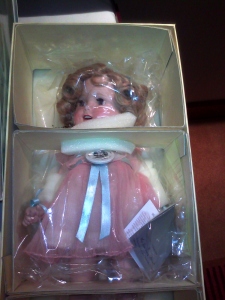






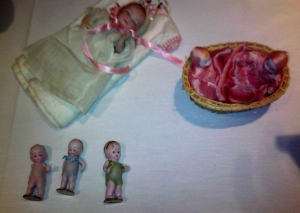












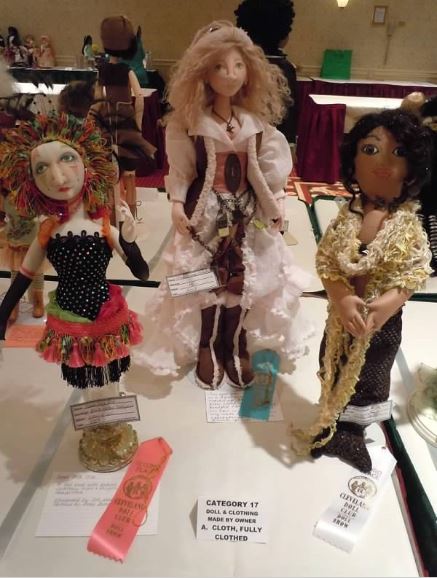


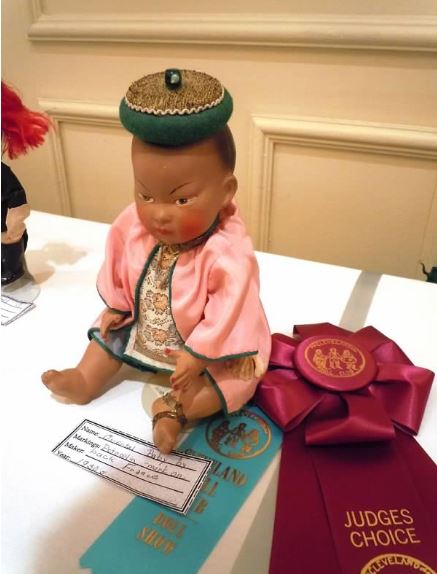
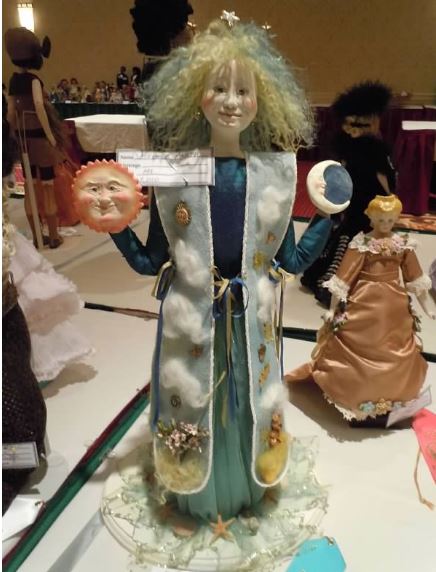

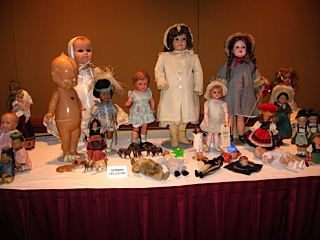


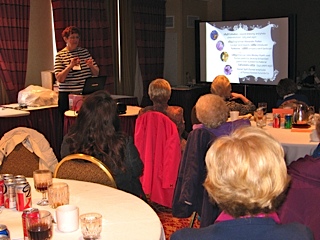
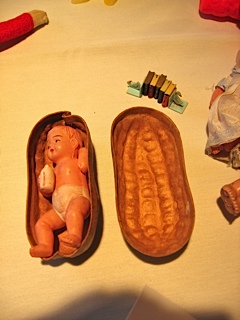












You must be logged in to post a comment.